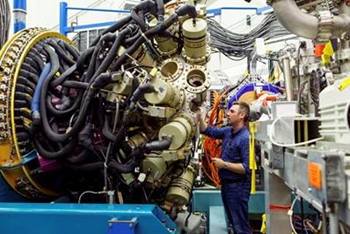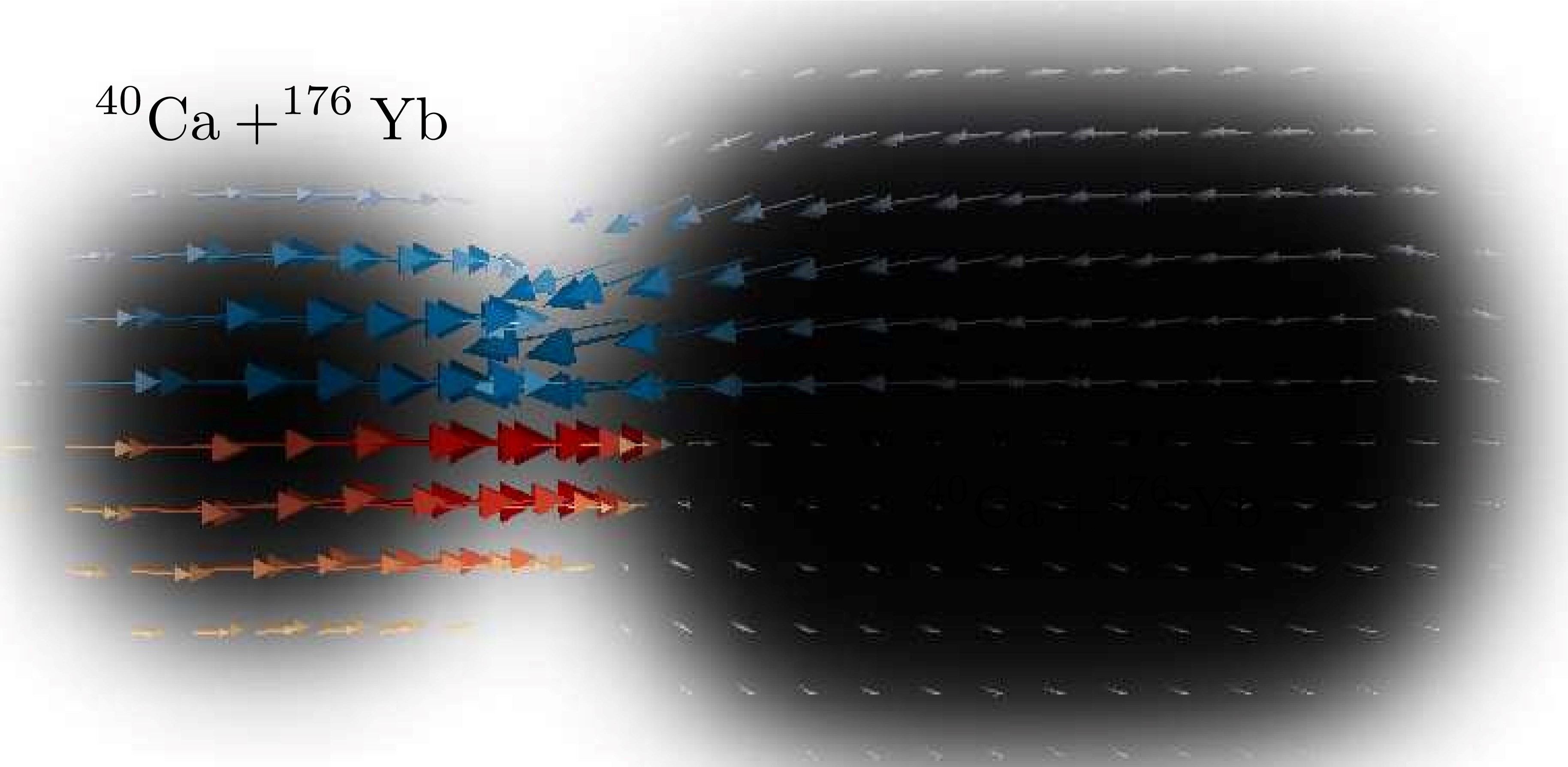Nuclear Structure and Nuclear Astrophysics

The Nuclear Structure and Nuclear Astrophysics portfolio supports frontiers in the research of proton-rich and neutron-rich nuclei as well as nuclear processes that inform our understanding of stellar nucleosynthesis, neutron stars, and Big Bang nucleosynthesis. Two NP National User Facilities are pivotal in making progress in these frontiers. The Argonne Tandem Linac Accelerator System (ATLAS) at Argonne National Laboratory (ANL) is used to study questions of nuclear structure by providing high-quality beams of all the stable elements up to uranium and selected beams of short-lived nuclei for experimental studies of nuclear properties under extreme conditions and reactions of interest to nuclear astrophysics. The Facility for Rare Isotope Beams (FRIB) will advance the understanding of rare nuclear isotopes and the evolution of the cosmos. The portfolio supports two university “Centers of Excellence,” Triangle Universities Nuclear Laboratory (TUNL) and the Texas A&M University Cyclotron Institute, with unique low-energy accelerator facilities and infrastructure capabilities. The program also partners with other federal agencies to support limited operations of the 88-Inch Cyclotron at the Lawrence Berkeley National Laboratory (LBNL) for a small in-house research program and to meet national security needs.



